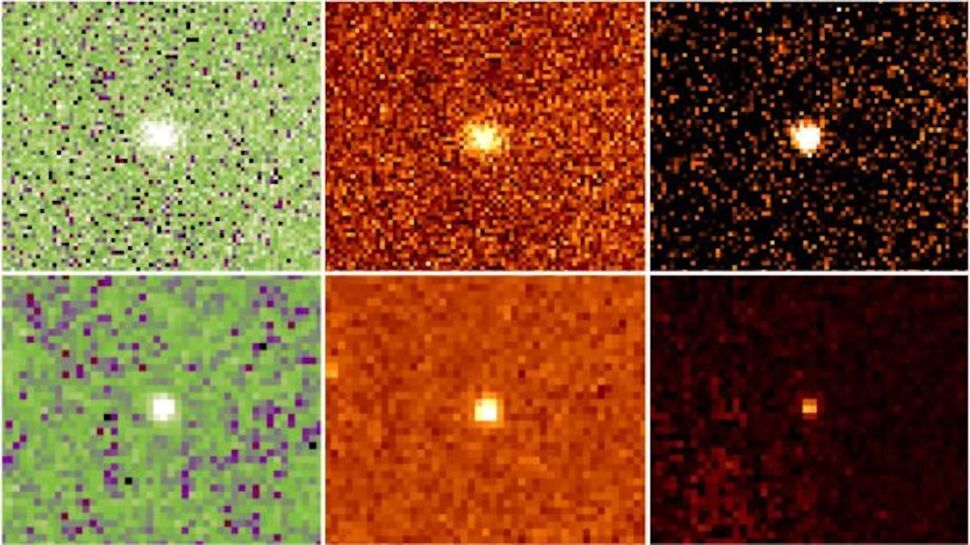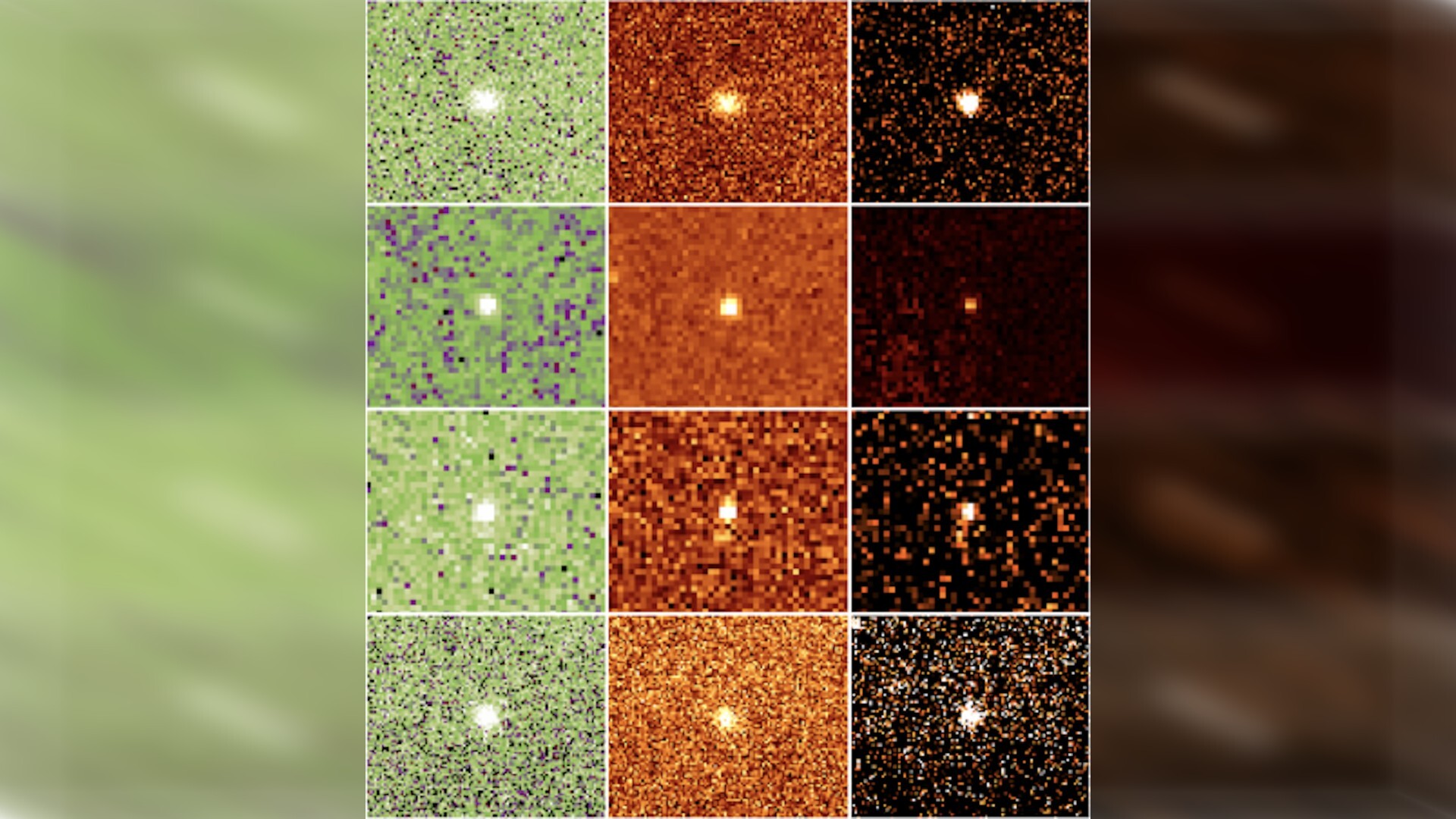18.04.2023
Scientists have observed that some of Neptune's Trojan asteroids are deep red, possibly revealing what asteroids may have been like in the early days of the solar system.

Neptune is famously a vivid blue, but the asteroids orbiting near it are decidedly not.
An international team of astronomers recently took a peek at Neptune's Trojan asteroids and found that they all seem to be some shade of red — far redder than most asteroids in the solar system. They published their results on Feb. 14 in the journal Monthly Notices of the Royal Astronomical Society: Letters(opens in new tab).
The Neptunian Trojans are a cloud of asteroids whose orbit around the sun parallels Neptune's. They hang out in the gravitationally stable points between Neptune and the sun, or between Neptune and the dwarf planet Pluto. First discovered in 2001, fewer than 50 of these rocky bodies have been described to date.
The reason for this is not that Neptunian Trojans are rare; it's probably because it's difficult to spot space rocks that are so small and far away. These asteroids tend to be 31 to 62 miles (50 to 100 kilometers) across and orbit at a distance of 2.8 billion miles (4.5 billion km) from the sun. Prior to this research, astronomers had studied only a baker's dozen of these asteroids and had to use some of Earth's largest and most powerful telescopes to do it.
"In our new work, we have more than doubled the sample of Neptunian Trojans studied with large telescopes," Bryce Bolin(opens in new tab), an astronomer at NASA's Goddard Space Flight Center and lead author of the study, said in a statement(opens in new tab).

Telescope images of Neptune's rare red asteroids taken with taken with the Palomar 200-inch, Gemini and Keck telescopes (Image credit: Dr Bryce Bolin)
Bolin's team synthesized data collected by four telescopes — the Palomar Observatory telescope in California, the Gemini North and South telescopes in Hawaii and Chile and the Keck telescope in Hawaii — over two years. Researchers tracked 18 Neptunian Trojans and analyzed their color. They found that most were significantly redder than most asteroids, including four that were extremely red.
That crimson color indicates that the Neptunian Trojans are rich in volatile compounds such as ammonia and methanol. Ices made of these chemicals are very sensitive to heat and will rapidly turn to gas when exposed to enough solar radiation. Because of this, astronomers expect asteroids closer to the sun to have far less of a red tinge; their ammonia and methanol have already boiled away.
Sure enough, researchers have observed a sort of ombré progression of red asteroids, starting with slate gray rocks in the inner solar system and working out to dark red beyond Pluto's orbit.
It's likely that some of Neptune's reddest asteroids formed even farther from the sun in the solar system's early days, before migrating inward and getting caught in Neptune's orbit, the researchers added. Studying them could open a window into how asteroids in the early solar system formed and how their composition has changed over the past 4.6 billion years.
Quelle: SC

